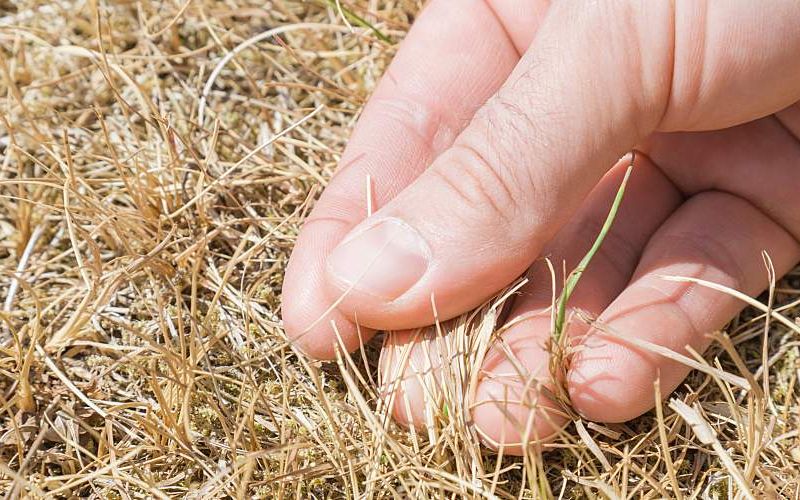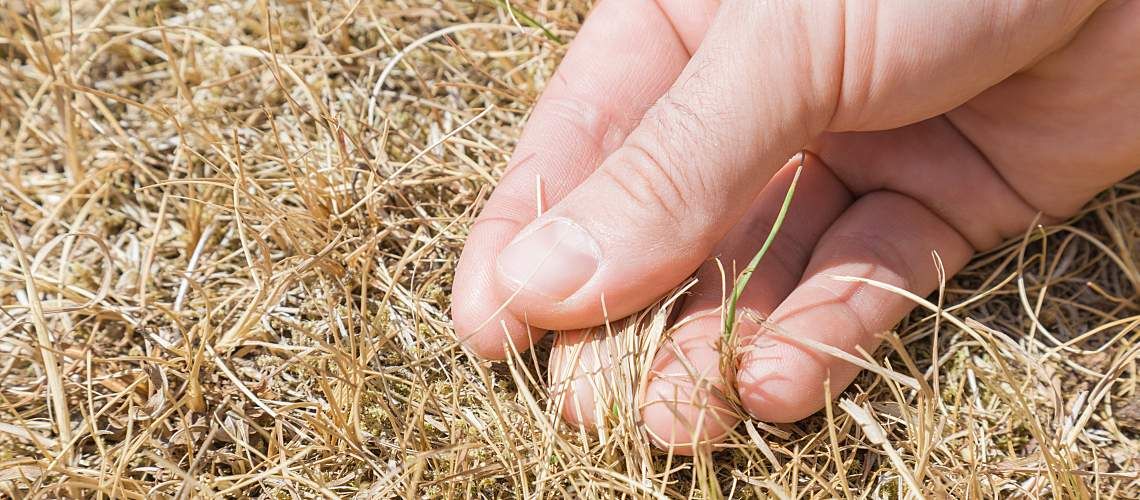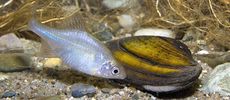Dry Farming Helps Growers Deal with Water Scarcity


Farmers today face a double whammy when it comes to irrigating crops. First, prime growing land is often owned by commercial producers or generations of families—and available land with water rights is even scarcer. Second, accessible water on properties is decreasing due to rising temperatures and repeated droughts.
But growers will need to feed about 10 billion hungry people worldwide by 2050. Irrigated agriculture contributes 40% of total food produced, according to World Bank—and uses 70 percent of freshwater withdrawals. The need to shift irrigation water to other uses has focused attention on dry farming, defined simply as growing crops without irrigation. It's nothing new—dry farming has been practiced in areas around the Mediterranean and the southwestern United States for centuries.
Here's a closer look at this waterwise approach, climate changes driving interest, practices for implementation, and potential benefits to water supply and quality.
Warming Climate Is Changing Agriculture
Climate change increases the odds of droughts worsening, according to the U.S. Global Change Research Program. In the U.S. Southwest, for example, droughts are expected to become more frequent, intense, and longer.
Warmer temperatures increase evaporation, reducing surface water and drying out soils and vegetation. That makes periods of low precipitation even drier than they would be in cool conditions. Also altered is the timing of water availability, with less precipitation falling and longer-lasting snow. Some climate models show that warming can increase variability in precipitation, meaning more periods of extreme moisture and drought.

Water shortages that are cutting off irrigation from farmers in California and other states exacerbate the situation, according to Science News. In fact, meeting the goals of California's 2014 Sustainable Groundwater Management Act will require taking more than 200,000 hectares of farmland in the San Joaquin Valley—roughly 10 percent—out of irrigated production by 2040. Growers have already drilled thousands of wells to tap into groundwater, depleting aquifers and causing land subsidence. But farmers still need other ways to grow crops.
Turning Soils into Sponges Makes Water Available
Dry farming produces crops with irrigation only occurring once or not at all during the dry season, according to the Dry Farming Institute. It works best in areas that receive at least 20 inches of annual rainfall. A cool, wet season charges the soil with all the water crops will receive before harvest. Then, plants can pull in moisture as needed during the warm, dry growing season. The crops that can be grown—even some known for high water content—include wine grapes, olives, tomatoes, pumpkins, watermelons, cantaloupes, winter squash, garbanzo beans, apricots, apples, grains, and potatoes.
To succeed, producers create a spongelike environment that will provide long-lasting moisture for each plant. Soil composed of fine grains works best to help retain water over time. But success also depends on the plant. It's preferable for a plant's roots to grow down, letting it reach moisture that's infiltrating the earth for longer, as opposed to wide and shallow roots that dry out quickly near the surface. A drought-tolerant, drought-resistant, or early-maturing cultivar is superior.
Certain practices also support success, including prepping soil, planting early and with lower density, cultivating or protecting the soil surface to prevent crusting and cracking, and diligently controlling weeds.
Potential Benefits of Dry Farming
A case study at Frogs Leap Winery in California shows that dry-farmed vineyards save a minimum of 16,000 gallons/acre compared with others irrigated lightly in Napa. Still, there's no question that using more water produces more reliable, higher-yield crops. But farming without irrigation can offer other benefits:
- Reduces water needed and positively impacts water quality and in-stream flows.
- Requires less use of chemicals and fertilizers and decreases contaminants in agricultural runoff.
- Eliminates energy used to transport and pump irrigation water.
- Eliminates the need to establish or maintain drip irrigation systems or install the plastic piping they require.
- Produces better tasting, more densely nutritious products.
Dry farming is not the answer to agriculture's water woes. But it does offer an option for moving forward even with the constrained supply of our most precious natural resource—water. That starts with adapting to water limitations and climate change and finding new ways to mitigate the food shortage.






